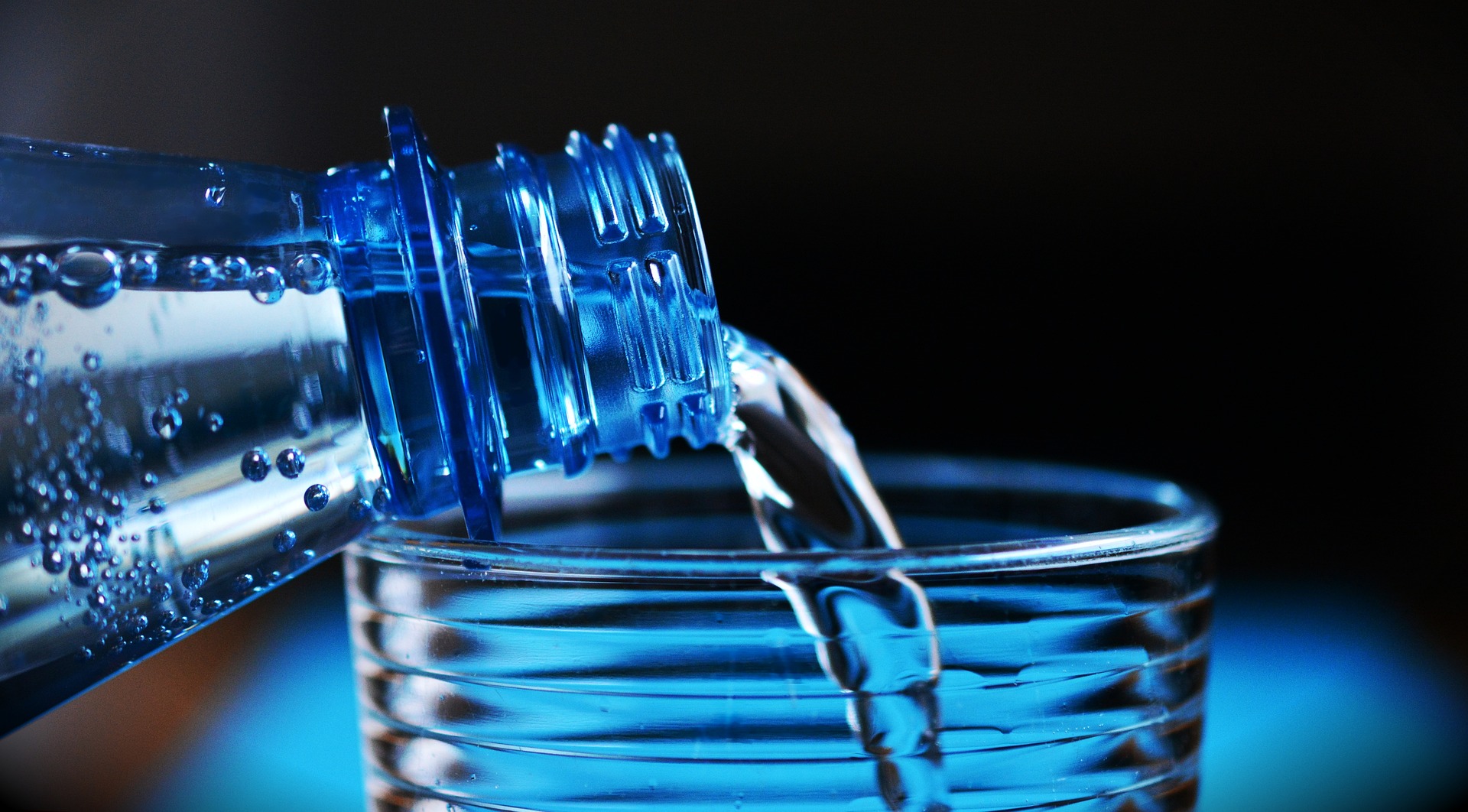
Concentration of hazardous substance too high in drinking water, experts warn
As the extremely dangerous material has to be filtered out of the drinking water with new equipment, it is possible that water supply will become more expensive in some parts of Germany.
The so-called PFAS, i.e. perfluor and polyfluoroalkyl substances can be found in countless everyday items, such as pans, coats or even pizza boxes. They are present in remote locations like the Antarctica, and also in rainwater, mother’s milk, and children’s blood in worryingly high concentrations. These substances primarily have a water, grease and dirt repellent effect. They are widely used in the industrial sector, as they are considered miracle materials. PFAS substances, however, have a downside. Studies from the past years suggest that some of them are highly carcinogenic and thus hazardous to human life.
The German Federal Council (Bundesrat) intends to regulate the levels of such substances in drinking water. From 2026, suppliers must ensure that the amount of the 20 PFAS substances does not exceed 100 nano-grams per litre, and from 2028, the maximum value for the four most hazardous PFAS substances (PFAS-4) is planned to be 20 nano-grams per litre. Many environmentalists, politicians and experts welcome the limit values and describe the decision as an important step in the right direction. Nevertheless, the scientific community is divided on the issue.
Gerhard Merches, a chemical engineer and district chairman of the Altotting Environmental Association, complains that the limit values for the substances of the PFAS-4 group, classified as particularly dangerous, will only become binding in five years. Environmental chemist Roland Weber also says that this is clearly too late, in light of the available scientific evidence on the hazardous nature of those substances. Meanwhile, the independent consultant for UN organisations considers the limit of 20 nanograms too high.
The European Food Safety Authority (EFSA) defined the tolerable weekly intake as 4.4 nanograms per kilogram of body weight. As PFAS can transfer into the human body through contaminated food, the threshold for PFAS-4 substances in drinking water should be 2 nanograms per litre, instead of 20, in his calculation. Some countries, such as Denmark, have already introduced this stricter limit, they argue.
Martin Weyand, from the German Energy and Water Industry Association, on the other hand, believes that Germany’s planned limit values are sufficient. He is more concerned about funding, as some providers will likely need expensive activated carbon filters in the future. Consequently, he points to the responsibility of the industry based on the „polluter pays” principle.
As the price of drinking water is likely to rise in some areas, Martin Weyand is pressing for the industry to set up a fund to finance cleaning and remedial measures from this source.
Negotiations on fully banning around 10,000 PFAS substances are already underway in the EU. However, it remains a concern for industry and consumers that no alternatives exist for some PFAS substances. In addition, some people fear that the manufacturing of products containing hazardous substances will be moved to countries with no environmental protection regulations at all, and then the products will be imported to domestic markets.
Tags:

